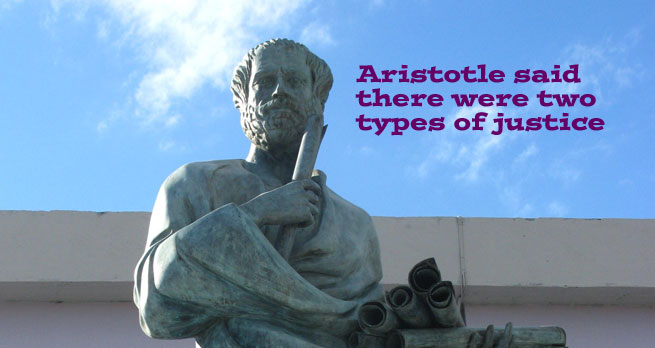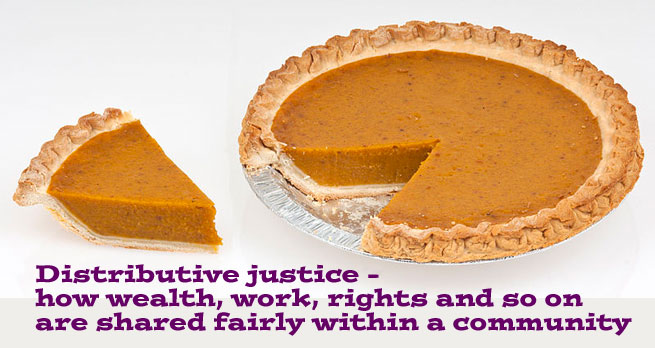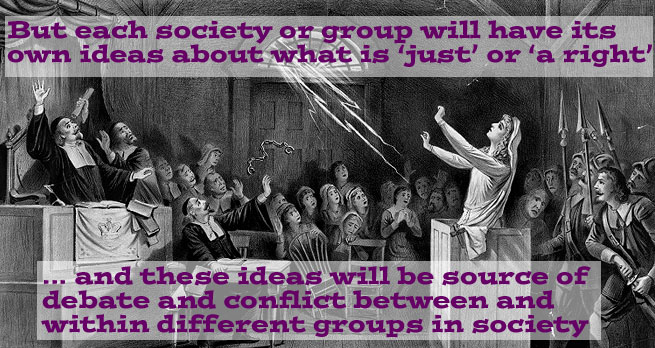Find out more about The Open University's Philosophy Courses and qualifications




This basic explanation of how Aritsototle's concepts of distributive justice and commutative justice are different is based on part of the free course Rights & Justice in International Relations, where the ideas are discussed in greater depth.



Rate and Review
Rate this article
Review this article
Log into OpenLearn to leave reviews and join in the conversation.
Article reviews